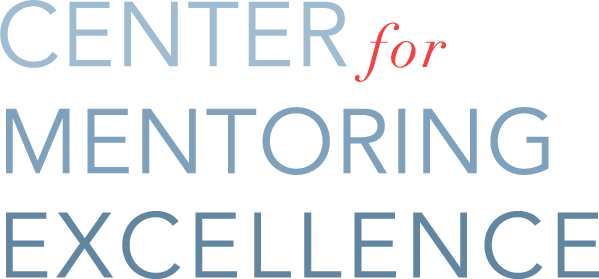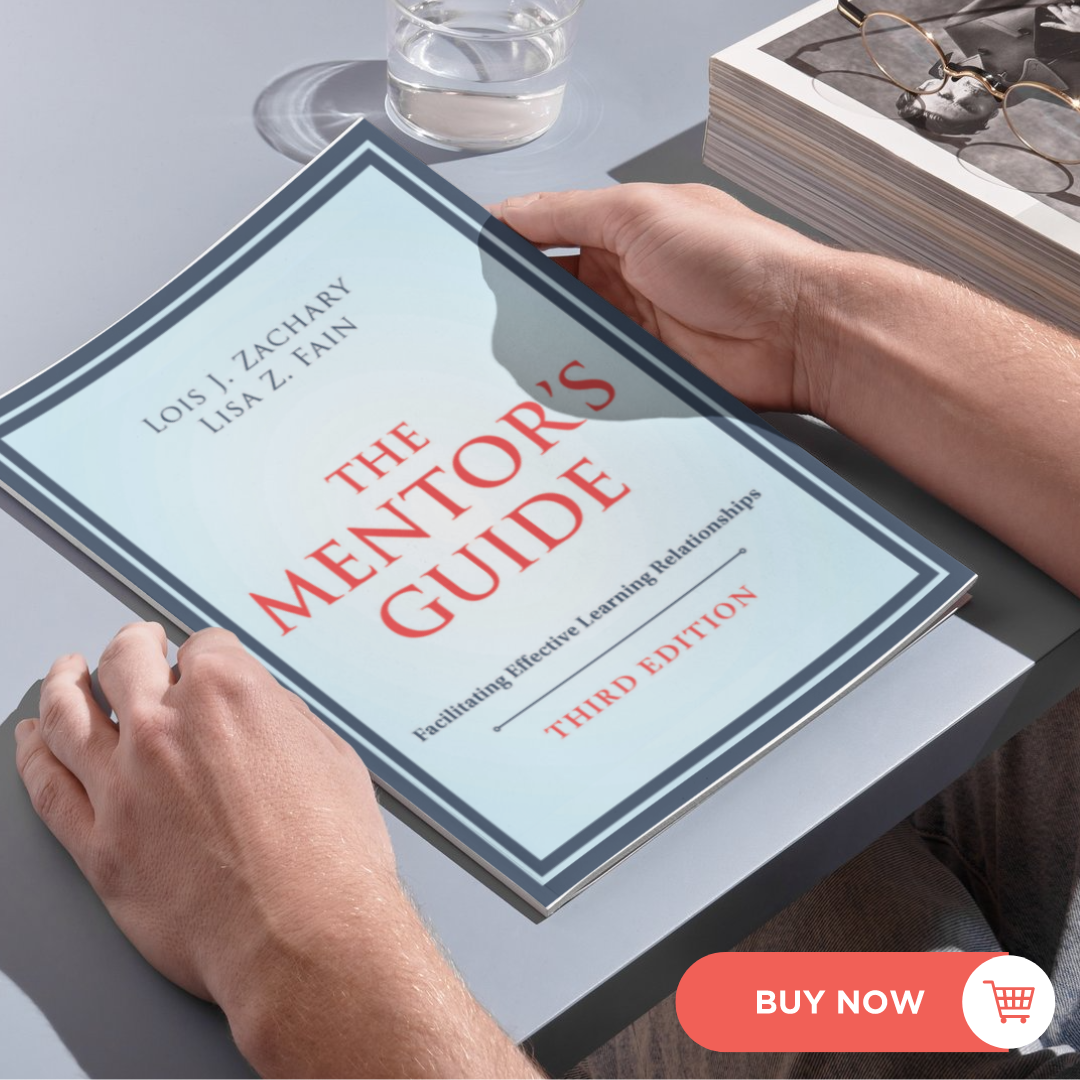More than twenty years ago, Ury and Fisher (Harvard Negotiating Project) articulated the best strategy we know for negotiating, “Get the most for
yourself that the other side can live with.”
Everything you need to know about strategy for effective negotiating lies in those 12 very important little words!
“Get” reminds us that we have to go after what we want, it will not come to us by default. No one is going to give us what we want, which is why we are negotiating. The other side is going to try to get something as well. So “get” means be proactive, assertive, and action-oriented.
The words “the most” are critical to effective negotiating. Some are afraid to ask for too much. They want to be “fair” so they prefer to split everything down the middle to avoid hurt feelings or conflict. Some fail to determine what “the most” is, which requires research and work on their part. In either case, many are afraid to actually ask for what they really want. They are afraid of rejection or appearing too greedy or aggressive, and limit their offer before they even ask for it. So, “get the most” is a reminder for us to learn what is possible to achieve in a negotiation, create a plan to make it happen and then implement the plan by asking for what you need.
 “The other side” is of course, is the most challenging. We don’t operate inside a box, alone, or by ourselves. The very fact that we are negotiating means we need something from someone else. An effective negotiator learns as much as they can about “the other side” in order to be successful. They understand who they are, their needs, their style and, as much as possible, anticipate the approach the other side will use. Knowing what is coming reduces anxiety and keeps you from taking what they are dishing out personally.
“The other side” is of course, is the most challenging. We don’t operate inside a box, alone, or by ourselves. The very fact that we are negotiating means we need something from someone else. An effective negotiator learns as much as they can about “the other side” in order to be successful. They understand who they are, their needs, their style and, as much as possible, anticipate the approach the other side will use. Knowing what is coming reduces anxiety and keeps you from taking what they are dishing out personally.
The final words “can live with” mean the other side doesn’t have to love your offer, but the offer does have to be within their bottom line. We have to know (or have a pretty good idea) of what their limits are so we don’t demand something that is beyond their threshold. A successful agreement is one that holds up long term and leads to committed performance, not just a handshake at the table.
Knowing the other side’s limits will help you position your offer while asking for the most you can, so that the other side stays at the table to work towards an agreement. Ury and Fisher’s definition of a negotiation, “Get the most for yourself that the other side can live with.,” provides all the strategies you need to plan for and conduct a successful negotiation.
Read this article to learn more: Learn to Get What You Want.


